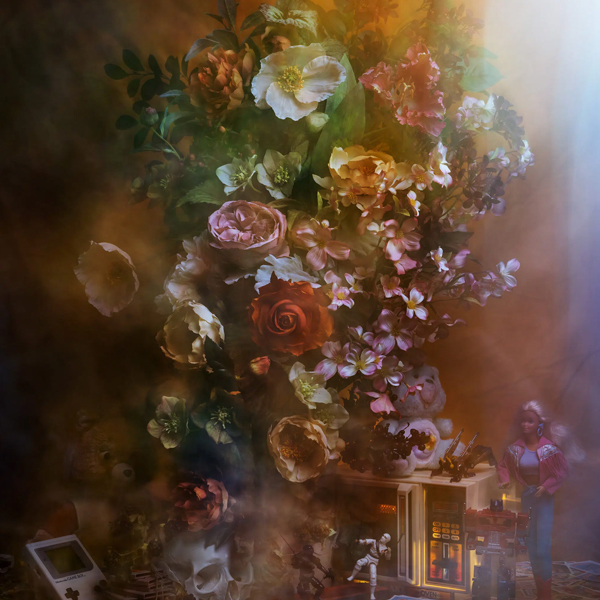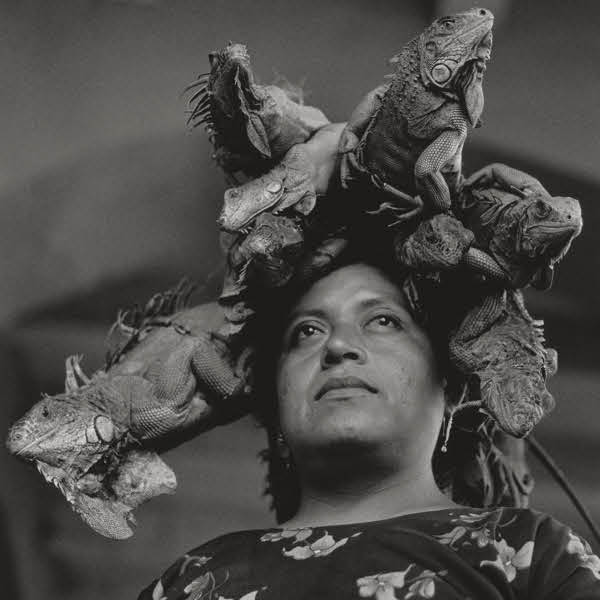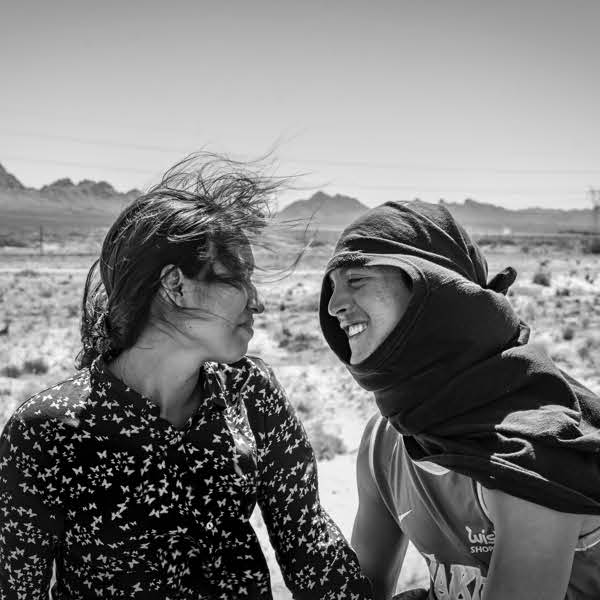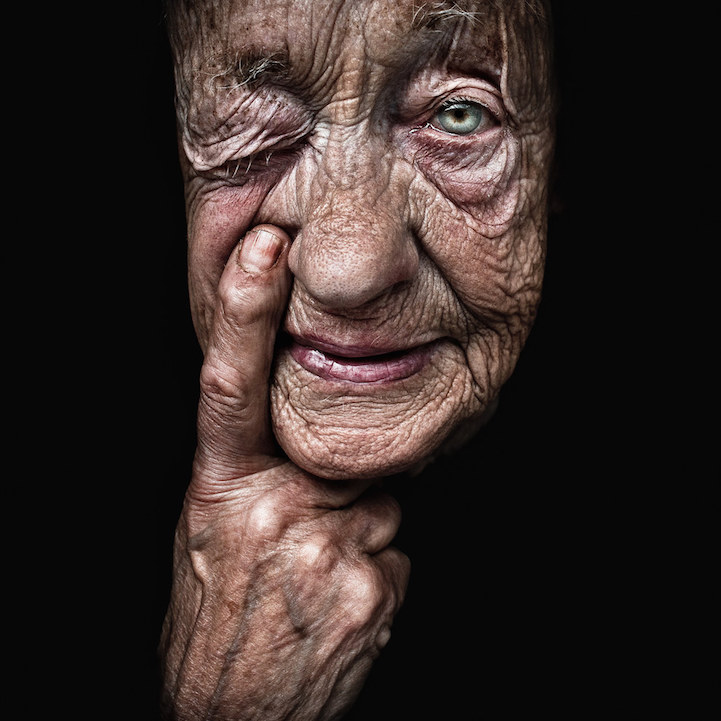
From sorrow and despair to warmth and dignity, Manchester, England-based photographer Lee Jeffries documents the expressive faces of homeless people in powerfully humanizing portraits. Using only his camera, natural light, and a small handheld reflector, he illuminates incredible details that reveal some of the wear of life on the streets. Without exploitation or pretense, the photographer spends time with each subject to create a personal connection before capturing a portrait.
Jeffries' approach to photography–close, intimate, familiar–stems from a chance encounter seven years ago that changed the way he engages with his subjects. While wandering on the streets of London in 2008, Jeffries snuck a quick shot of a homeless girl huddled in a sleeping bag in a doorway across the street. Noticing him, the young woman started shouting; rather than walk away, Jeffries decided to sit down, apologize, and talk to her.
“What that young girl taught me was respect,” he told BuzzFeed, “that the photograph is not the be-all and end-all. I can still capture emotion, but it's complicit and spiritual.”
Since that profound experience, Jeffries has photographed homeless people all over Europe and the U.S. in his uniquely expressive way. Not only does he give his subjects a voice and a way to share their stories, but he's also resolved to make a difference by raising awareness and thousands of dollars' worth of funds to help the homeless.
We had the chance to ask Jeffries a few questions about his beautifully raw portraits. Scroll down to read that exclusive interview and to learn more about his latest project.


What's the driving force behind your photos?
I started to do what I do through love. Love like I've never known. She influenced me in so many ways, but above all, it was her humanity and faith. It simply became a part of me. Left with just that, when the relationship ended, the ensuing loneliness has kind of driven me out onto the street for refuge. I sit in tears over each image. I'm saying goodbye over and over again, and I've become comfortable with the pain.


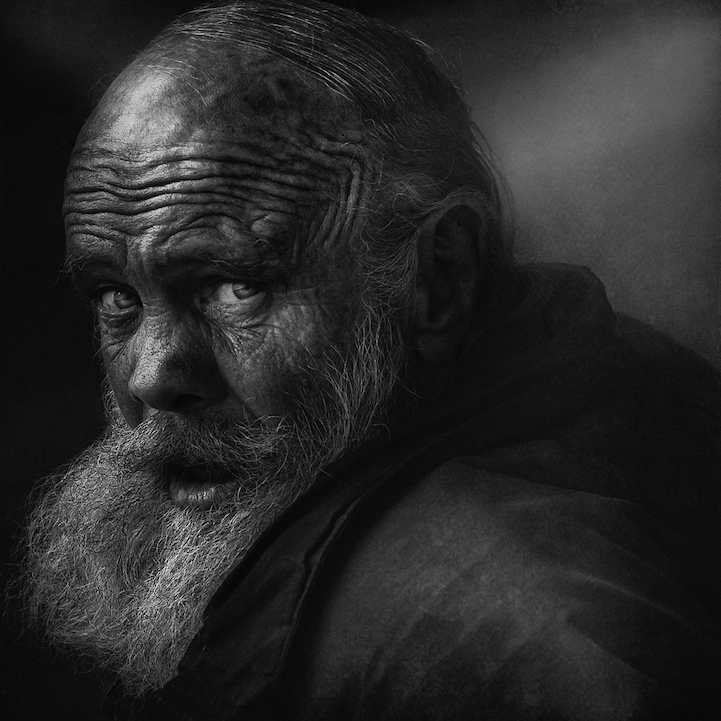
Historically, many images of homeless people may have verged on being exploitative. Are there steps you take to make sure your photos don't fall into that category?
I be myself. The primary motivation is not to take a photograph. It's hard to explain and perhaps even harder for your readers to contemplate, but I'm never happier than when I'm out there on the street with the drug addicts, homeless, and forgotten. The adjustment back to normal life once I've spent weeks out on a project is perhaps the most difficult period of the process to deal with. I become very much involved and deeply connected to the people I meet. I often say, in a strange sort of way, I fall in love with each of them. The separation when I come back home is incredibly affecting, and it's often in the post-process of my images that I completely lose it, emotionally.
The exploitation accusation is something I grapple with on a daily basis. It tends to be leveled at me by people who have not had the opportunity to “get to know me” as the people I have met out on the street have. Negativity is a natural human trait. The images are full of love and respect. They aren't stolen and are entirely complicit. The emotion I capture is a testament to the level of acceptance I've established. The macro benefits of the images for the homeless community as a whole are obvious. The micro benefits for the people I photograph are deeply personal between myself and them. Of course, I wish I could do more to help each one. I've spent many hours contemplating just that. “Could I have done more?”…”Can my love for them actually save them…save them from themselves?” These very thoughts are forming the basis for my next project.
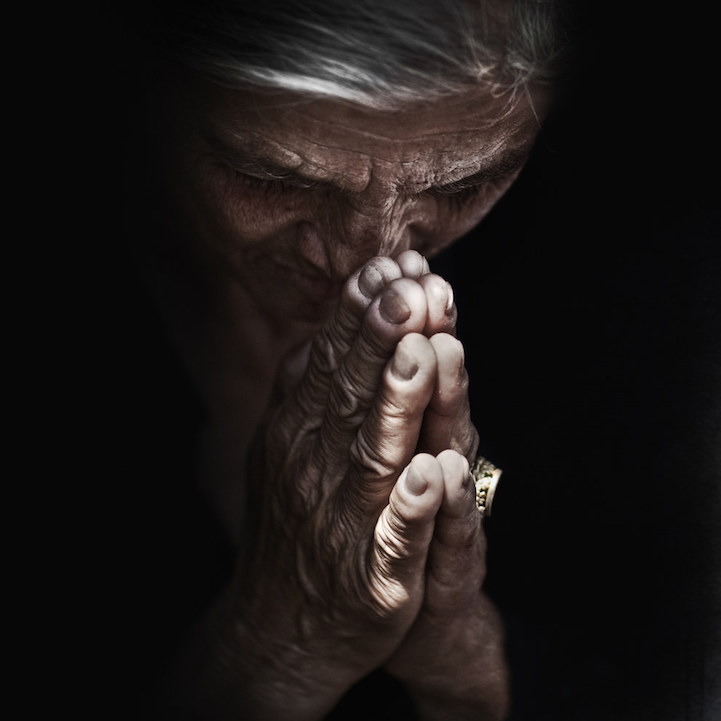
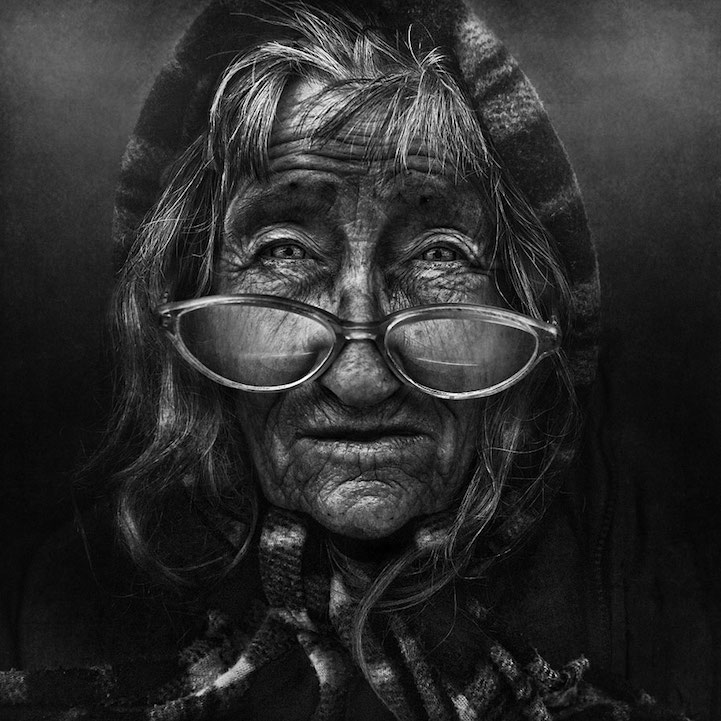
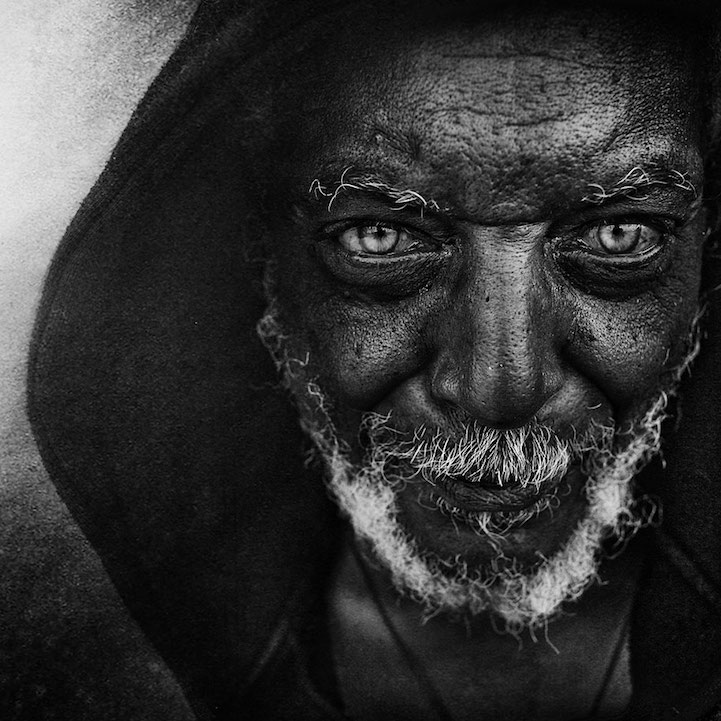
One of the most famous quotes in photography is Robert Capa's “If your pictures aren't good enough, you're not close enough.” Does this describe how you photograph?
When people contemplate that quote, I think it's often taken literally. Serrano's depictions of homeless people, for example, are peaceful, quiet, and full of the nostalgic qualities of analog photographs. He's close, he's right there, but the results lack any depth, in my opinion. It's obvious to me he has gone out on the street to find homeless people and photograph them. It's not deeply personal to him. He has not explored the facets that make us all human. The photograph is what mattered to him. They are “close enough,” but in my opinion, they are not “good enough.” All I would say is, if your pictures aren't good enough, then they're not coming from your heart.
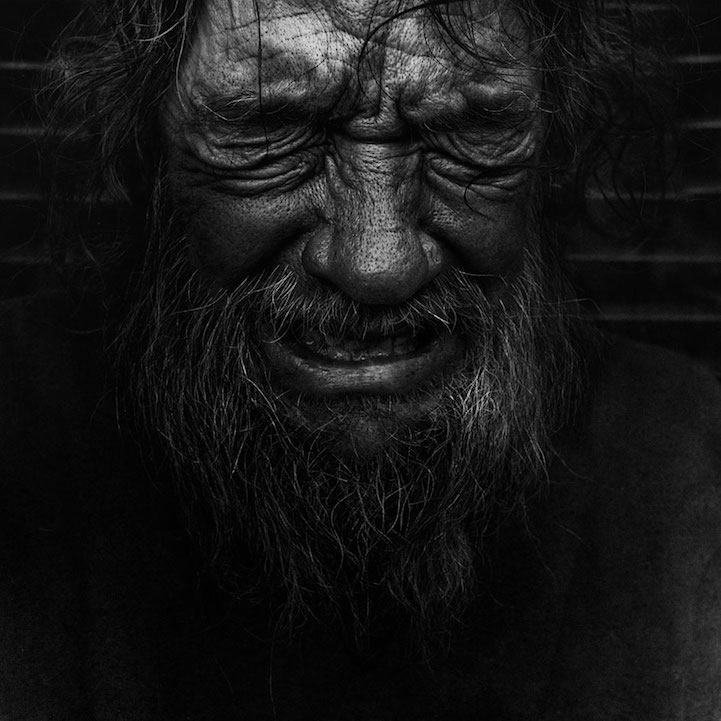

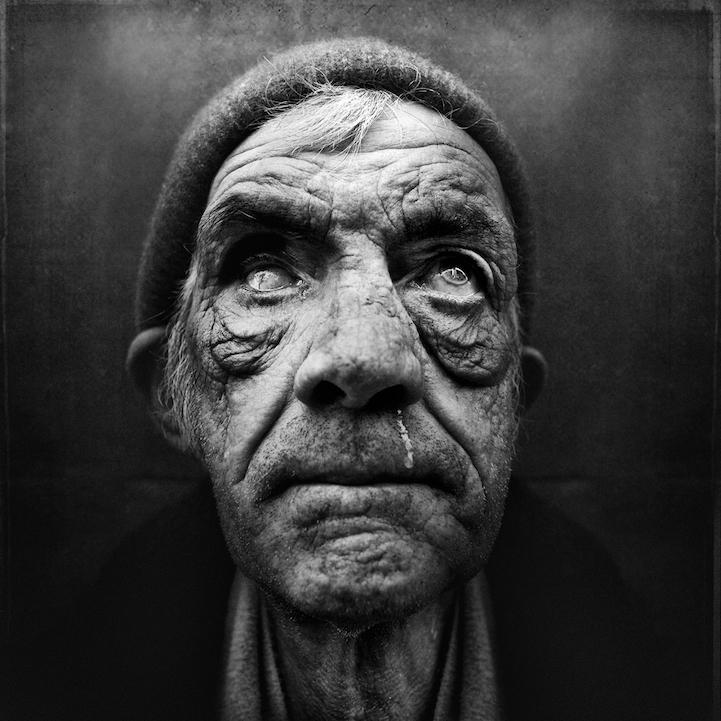
There's such a timeless, dramatic feel to your portraits. How did you come to develop your signature style, and how do you accomplish that aesthetic?
A style is a style. It evolves over time and changes as you–as a person and artist–change.
I sat in a meeting with Justin Zackham, writer/director of The Bucket List, a few years ago. He asked me the very same question. I proceeded to explain in detail the technical aspects of what I do. He sat and listened to me intently for 30 minutes. At the end, he simply said, “I wish I had never asked. Your images are not about process. How you get there isn't important. The magic somehow gets diluted by the technical and I would much prefer to sit and gaze in ignorance of all of that. They are some of the most cinematic images I've ever seen, and that is what I'll continue to take from them.”
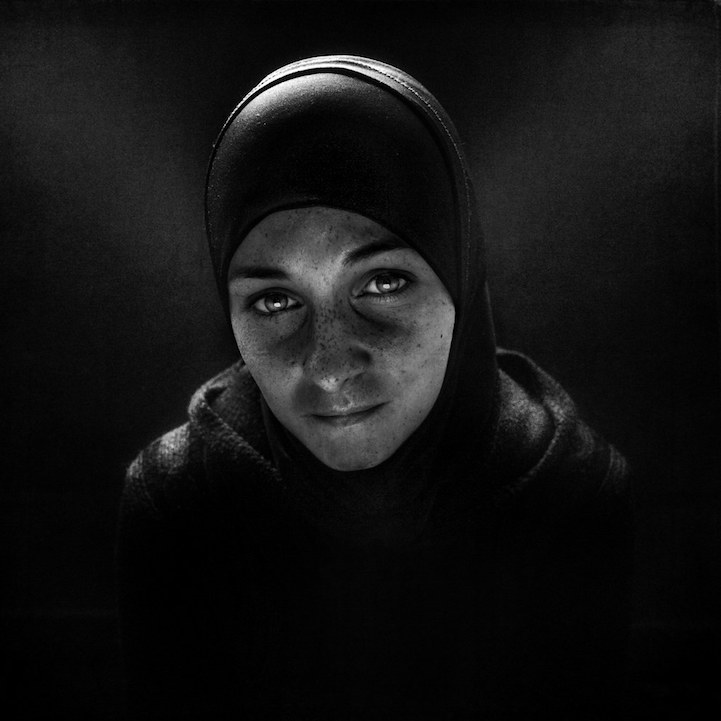
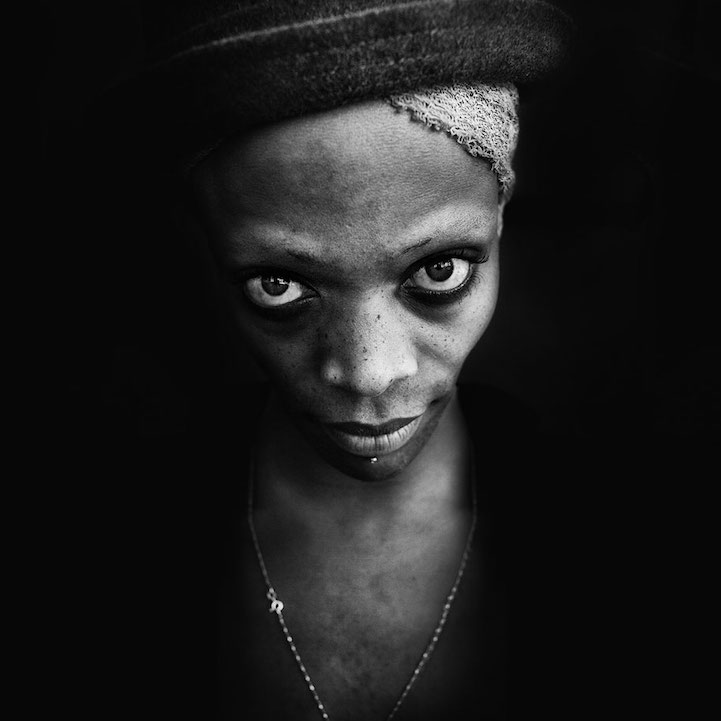
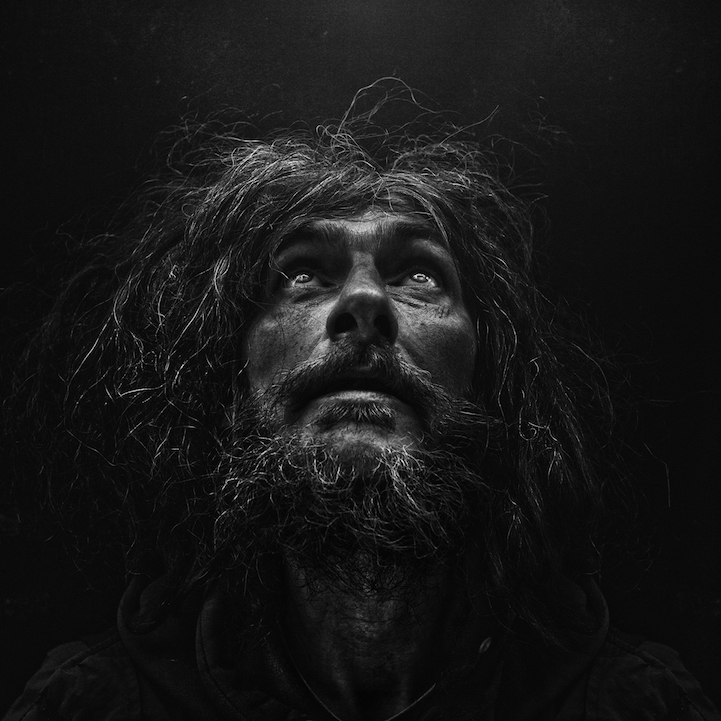
How do you hope viewers respond to your photos?
I'm not making a statement on “homelessness,” per se. My portraits are not political in that sense. Yes, they have their roots in social issues, but my images go beyond that simplicity. I'm portraying humanity in a spiritual way. My images appeal to the basic human instincts of faith and the need to love and be loved…largely because they have been born of that. Fundamentally, in my opinion, that's the reason for our existence. The images contain metaphysical attributes that allude to the subconscious of the viewer. Without realizing it, and being void of backstory, I hope to provoke a personal response. It often does. After delivering a lecture in Paris, I was approached by a member of the audience. He broke down in tears in front of me. Consoling him with a hug, he went on to explain how one of my images had reminded him of his late mother. He felt her presence when confronted with the spirituality of the piece. Be it personal, or responses built on injustice, the images provoke a reaction …and as a human being, I think that's the best I can hope for.
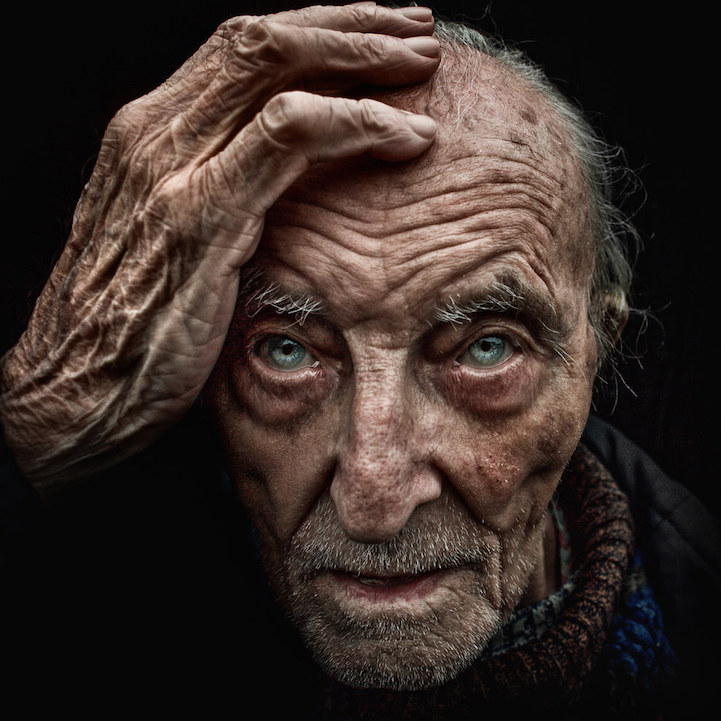
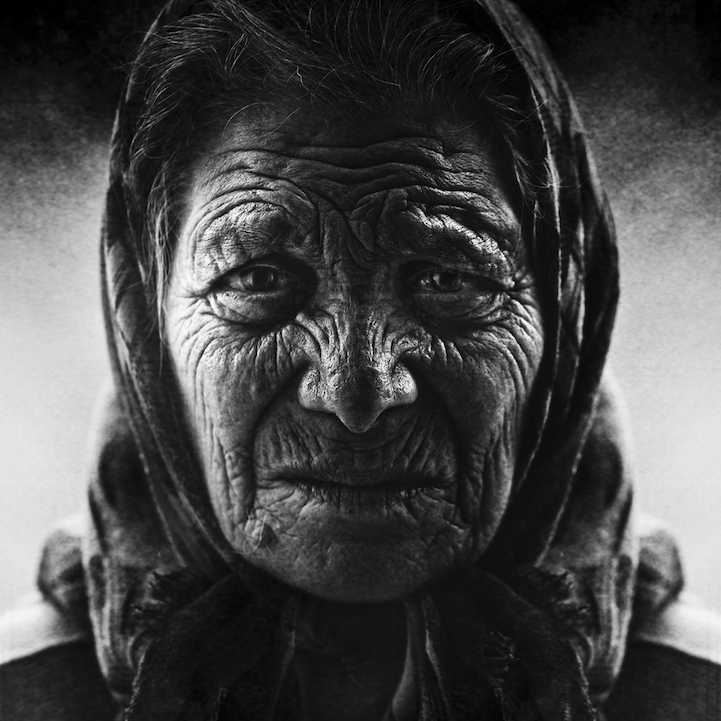
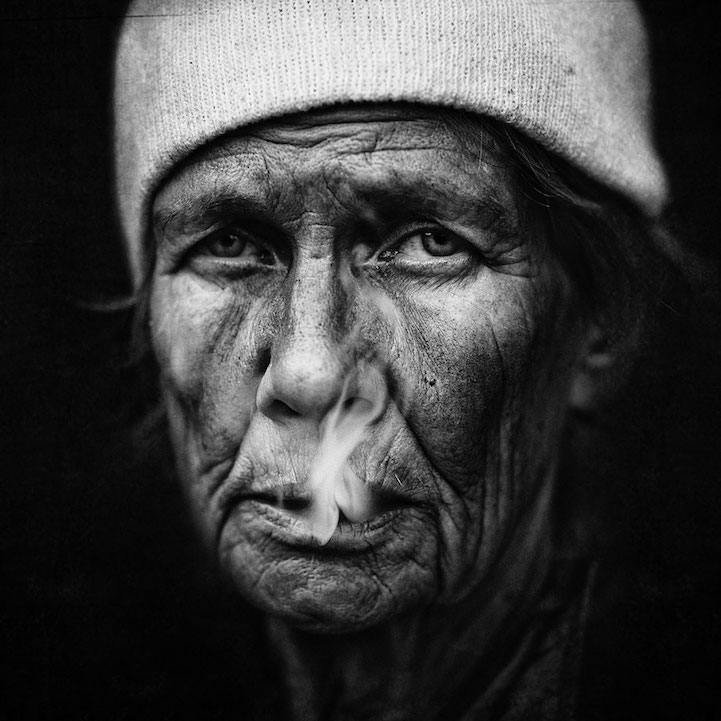
Jeffries' latest project was in collaboration with the Salvation Army in Sweden to support the organization's mission of helping Stockholm's homeless community. The photographer tells us:
“I was contacted by the Salvation Army in Sweden a couple of months ago. They were reaching out to me to see if I would be up for shooting a series of portraits of the homeless people they help in their missions in Stockholm. They had become aware of my images and were keen to explore a new approach to raising awareness for their charity. There campaigns had always been somewhat ‘traditional.' After some back and forth, they agreed that I would be free to complete the project in my own style free of any artistic direction. I traveled to Stockholm at the beginning of October. I spent three days there and significant amounts of time in a couple of their outreach centers in the city. I was left alone and basically ‘hung out' as any user of the facilities would do. I spent this time talking and connecting with the various people that dropped in…in much the same way as I do when I go and do a homeless project on the street.
“The aim of the project was to shoot three separate portraits. These portraits were then to be sold as fine art prints by the Salvation Army, with 100 percent of the revenue going directly to the charity.”
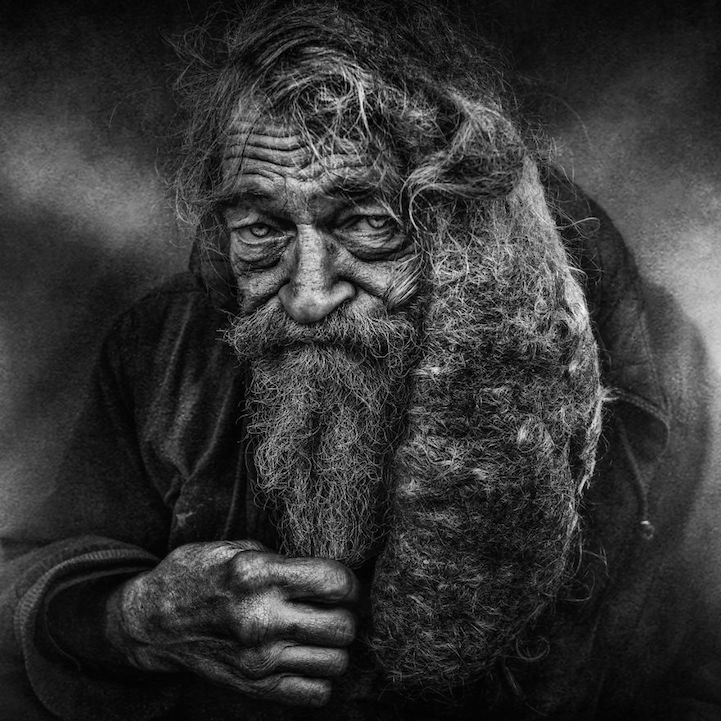
“The concept behind the campaign is ‘to bring a homeless person into your home.' The Bible has a passage:
‘If your brother becomes poor and cannot maintain himself with you, you shall support him as though he were a stranger and a sojourner, and he shall live with you. Take no interest from him or profit, but fear your God, that your brother may live beside you.'
“My images have always been about spirituality, emotion, and humanity. It seemed to me it was the perfect fit with an organization such as the Salvation Army, with its long tradition of religion. Notwithstanding that, the series of portraits I produced has afforded me the opportunity to make a huge difference to the lives of homeless people. I'm always trying to do as much as I possibly can for this global community.”
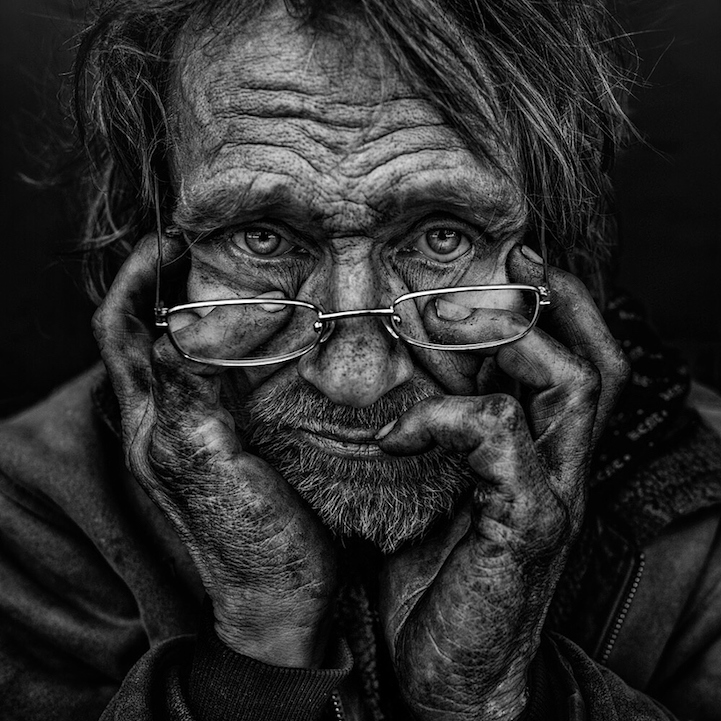
“I ended up shooting around 10 portraits, but the Salvation Army decided to run with three. They are for sale here: http://portratt.fralsningsarmen.se/.”
Lee Jeffries: Portfolio | 500px | Flickr | Facebook | Instagram | Twitter | Yellow Korner
My Modern Met granted permission to use photos by Lee Jeffries.











































































